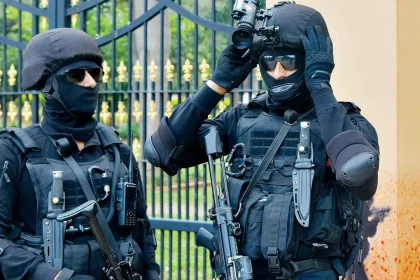NDA vs JEE: Which Exam Should You Choose for Success?
Choosing a career path is a pivotal moment in every student’s life, particularly in India, where the educational landscape can…
Is NDA Harder than JEE? The Truth Will Surprise You!
The debate surrounding the difficulty levels of various competitive examinations in India often stirs passion among students, educators, and parents…
Word Association Test in SSB – The Hidden Strategy to Crack It
The Selection Board Service (SSB) Interview is a rigorous and multi-faceted assessment process designed for aspiring candidates seeking entry into…
NDA vs IIT: Which is Better? Career, Money & Job Security Face-Off!
Choosing between the National Defence Academy (NDA) and the Indian Institutes of Technology (IIT) is a decision that many young…
Army Officer vs IAS Officer: Which Career Will Make You More Powerful?
Choosing a career is one of the most defining moments in an individual’s life, and within India, two of the…
20 Real SSB Questions for Freshers – With Answer Keys That Impress Officers
The Services Selection Board (SSB) interview is an essential stepping stone for individuals aspiring to join the Indian Armed Forces.…

